Prepare for climate change with us!

COALA partners
The project LIFE COALA has a total of 13 partners, which were chosen to ensure an adequate institutional and knowledge base to enable direct testing of the chosen procedures during project implementation.
The leading partner of the project and the coordinating beneficiary is the Moravian-Silesian Region, which is a self-governing territorial unit and also exercises state administration in the territory in a delegated capacity. The region prepares concepts and strategies for its territory, approves the selected planning documentation (spatial planning, water planning, nature protection planning documentation) and establishes subsidy programs within its budget.
An important partner to the project is the Ministry of the Environment of the Czech Republic (MoE), which is responsible, among other things, for Climate Change Adaptation Strategy for the Czech Republic and the National Adaptation Action Plan.
At the same time, the MoE administers and manages the subsidy programs which, of all the available sources, are most directly aimed at supporting adaptation measures. The MoE is responsible for the implementation of the Climate Change Adaptation Strategy in the Czech Republic and experience with the LIFE COALA regional project can help with the adaptation process in other regions of the Czech Republic.
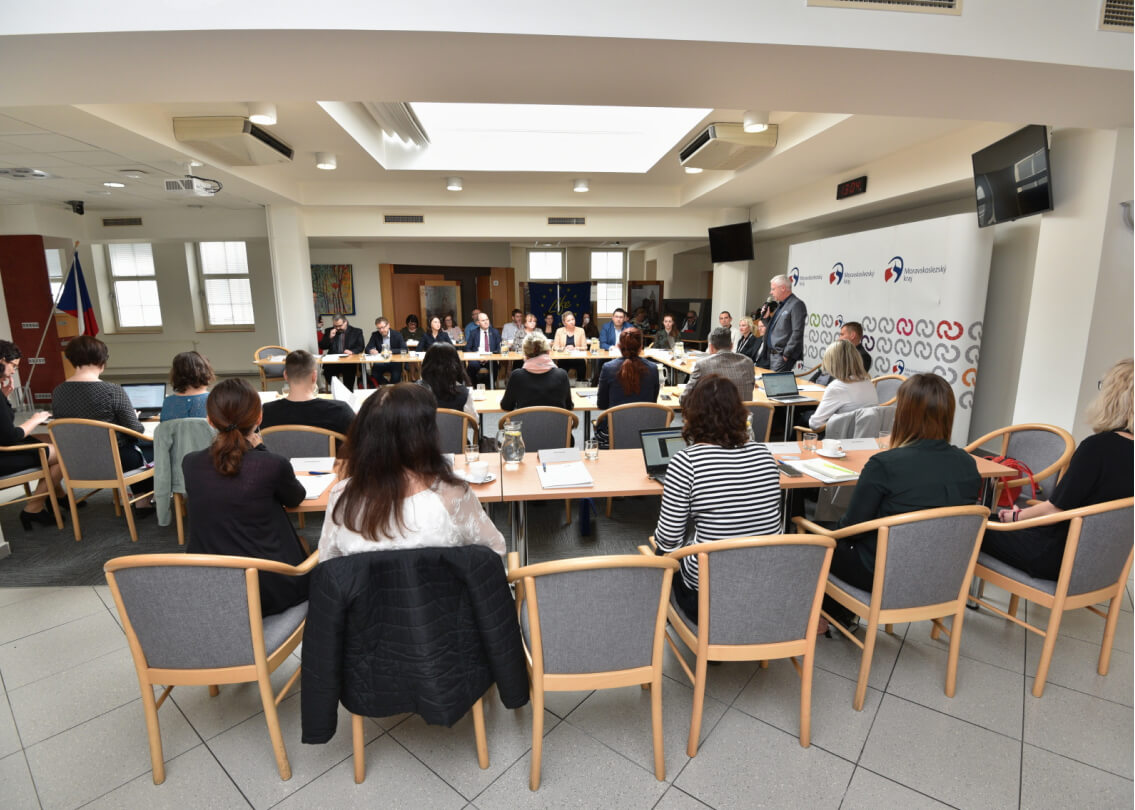
LIFE COALA project partners

Moravian-Silesian Region (MSK)
Tomáš Karas
The Moravian-Silesian Region (MSK) is located in the north-east of the Czech Republic and its capital is Ostrava. It borders on the south with the Zlín Region, on the west with the Olomouc Region, on the north with the Polish Voivodeships of Opole and Silesia, and on the southeast with the Žilina Region in Slovakia. There are four Euroregions in the region – Beskydy, Praděd, Silesia and Těšín Silesia.
The region has 1,192,834 inhabitants in 300 municipalities (as at 31 December 2020) and covers an area of 5,427 km². The MSK is one of the most urbanised areas of the Czech Republic, yet there is a great unevenness of settlement. Thanks to coal mining and associated industry in the Ostrava-Karviná agglomeration, the highest population density is still found here and most of the region’s inhabitants live in towns with a population of over 20,000.
MSK is one of the most industrial regions of the Czech Republic. The most traditional and widespread is heavy industry, such as heavy engineering, metallurgy and also coal mining, which is gradually declining. Due to the nature of the industry and considering more than two centuries of industrial history, the region has long focused on improving the quality of the environment.
In the field of adaptation to climate change, MSK is one of the leaders and, in a way, pioneers in the Czech Republic. Since 2020, the region has been the only one in the Czech Republic to have developed an adaptation strategy and has been gradually implementing its objectives into routine activities and agendas both within the regional authority itself and at the level of local governments.
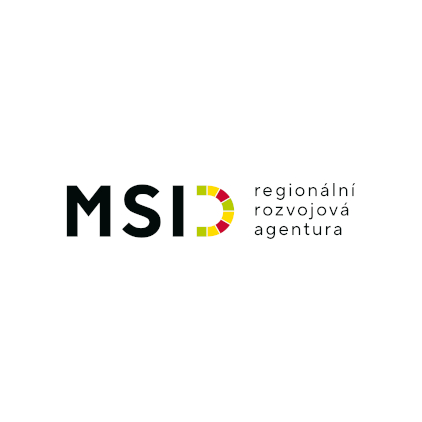
Moravian‑Silesian Investment and Development (MSID)
Pavla Sokolovská
The joint stock company Moravskoslezské Investice a Development (Moravian-Silesian Investment and Development – MSID) was established by the Moravian-Silesian Region in order to improve the investment environment and development of the region for the benefit of its inhabitants and all entities operating therein.
The company’s activities are focused on three priority areas. The first is support for the investment environment in the Moravian-Silesian Region, the second is aimed at promoting entrepreneurship and preparing development projects, together with their implementation. The third area focuses on marketing activities geared towards improving the overall image of the Moravian-Silesian Region.
MSID assists in the development of public and private entities, large and small companies, both from the Czech Republic and abroad. It also advises towns and municipalities on the use of financial instruments and procures preparation of zoning and feasibility studies.
MSID is also engaged in the regeneration of the mining-ravaged Karviná region within the framework of the POHO2030 program (Concept for the Development of the Karviná Mining Landscape by 2030), which aims to transform this area into one with a diverse and sustainable life.
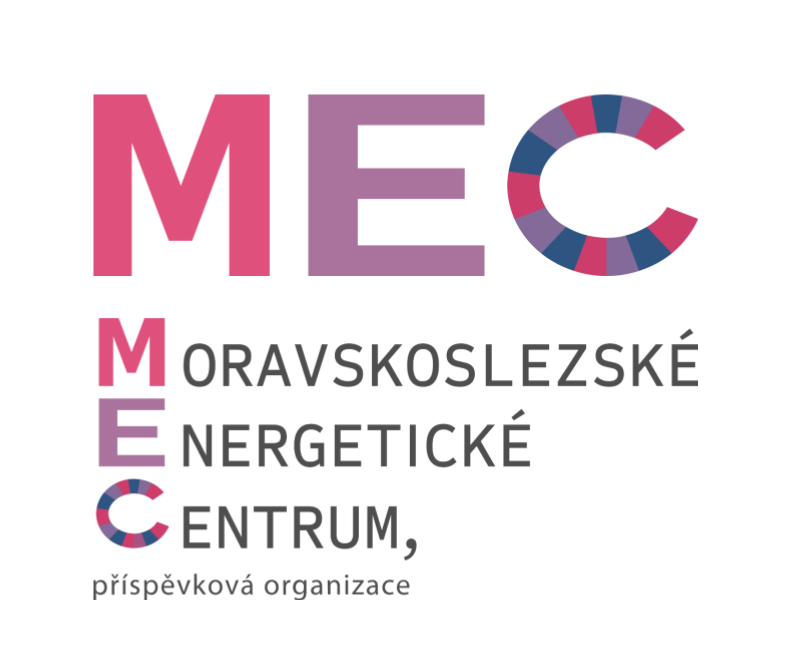
Moravian-Silesian Energy Centre (MEC)
Alena Kryglerová
Moravian-Silesian Energy Center, a contributory organization (MEC), was established in 2014 to provide expert services in the field of energy, primarily for the needs of the Moravian-Silesian Region, its contributory organizations, and commercial companies in which the Moravian-Silesian Region holds 100% ownership, as well as for municipalities within the region. The main activities of MEC include the development of new energy-saving projects and projects utilizing renewable energy sources, energy services, energy management systems (including related activities), consulting and advisory services, promotion and public awareness, and, where appropriate, other activities aligned with the aforementioned areas.

Moravian‑Silesian Innovation centre Ostrava (MSIC)
Lenka Procházková
Moravian-Silesian Innovation Centre Ostrava, a. s. (MSIC) started its activities in 2017 by transforming Vědeckotechnologický park Ostrava, a. s (Science and Technology Park Ostrava). The purpose of its existence is to develop the local innovation ecosystem and improve the environment for entrepreneurship and innovation in Ostrava and the entire region. It provides services and programs that foster growth and innovation and assists small and medium-sized businesses and start-ups in launching, running and sustaining their businesses over time.
The key elements it focuses on are quality education, research and development, and collaboration on new technologies and their introduction into companies. It also offers entrepreneurs shared experimental laboratories and domiciling. In addition, it manages the regional innovation strategy.
MSIC is the centre of the innovation ecosystem, building and strengthening links between the commercial, academic, scientific and public spheres, and initiating strategic projects that increase the competitiveness of local companies and the whole region. The aim is to provide services that are not offered on the market or are not of the required quality, attainable price or do not meet other relevant conditions.
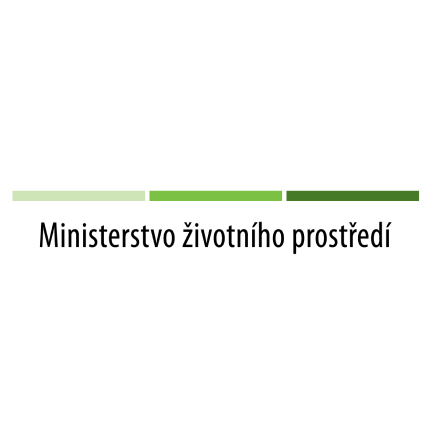
Ministry of the Environment of the Czech Republic (MoE)
Tereza Davidová
The Ministry of the Environment (MoE) is the central government authority and supreme supervisory authority in environmental matters. The MoE is the central state administration authority for the protection of natural water accumulation, protection of water resources and groundwater and surface water quality, protection of air, nature and landscapes, as well as for the operation of zoos, the agricultural land fund, the performance of the State Geological Service, protection of the rock environment, including the protection of mineral resources and groundwater, for geological works and environmental supervision of mining, for waste management and assessment of the environmental impact of activities and their consequences (EIA), including those that cross national borders.
It is also the central government authority for game hunting, fishing and forestry in national parks and the central government authority for the national environmental policy, for the labelling scheme for environmentally friendly products and services and for the program promoting voluntary participation in the environmental management and audit scheme (EMAS program). The Ministry acts as the central water authority.
In order to ensure the security and control the activities of the government of the Czech Republic, the Ministry of Environment coordinates the actions of all ministries and other central government bodies of the Czech Republic in environmental matters.

Silesian Voivodeship (SV)
Barbara Porębska
The Silesian Voivodeship (in Polish: Województwo Śląskie) is one of the sixteen higher territorial self-government units of Poland. It is located in the south of the country near the border with the Czech Republic and Slovakia. The capital is Katowice. The Silesian Voivodeship (SV) covers an area of 12,333 km² and has a population of almost 4.5 million, making it the most densely populated voivodeship in Poland. Twelve cities in the Silesian Voivodeship are among the 40 Polish cities with the highest population.
The voivodeship is an industrial region and is home to rich coal and mineral resources, energy production, coal mining, metal processing, automotive industry, chemical industry, building material production, carpentry and textile industry. On the other hand, the SV is increasingly conscious of the issues concerning the region’s transformation with respect to the environment, as expressed in the Silesian Voivodeship’s Strategy “Śląskie 2030” – Zielone Śląskie
The natural beauties of the region are the mountains – the Silesian Highlands in the centre and north-west and the Krakowsko-Częstochowska Highlands in the north-east. The southern border is formed by Beskydy – Beskid Śląski and Beskid Żywiecki.
DIAMO, state enterprise (DIA)
Janina Zawadská
DIAMO, state enterprise, a state-owned enterprise, ensure the mitigation of the effect of industrial activity for the Czech Republic, including the reuse of raw materials, protects the interests of the state in the area of strategic raw materials and radioactive materials, and helps to improve the environment in regions affected by industry.
The concept for the implementation of disposal and remediation works is based on government resolutions and is specified for individual sites by technical projects for disposal and remediation. The mitigation of the effects of exploration, extraction and treatment of raw materials is carried out in accordance with strict environmental protection and creation requirements. Payment of social and health benefits to both current and former employees of the DIAMO state enterprise, including all organisations for which the state enterprise has become a successor organisation, is also an integral part of mitigating the consequences of mining activities.
The DIAMO state enterprise operates in the regions through 7 branch organisations – Uranium Deposit Management, Uranium Mining and Processing, GEAM, ODRA, Main Mining Rescue Station, DARKOV and Ústí Fuel Combine.

Statutory City of Karviná (KAR)
Lenka Zorychtová
The city of Karviná is located in the north-east of the Czech Republic on the border with Poland. Karviná is a university, tourist and spa town with almost 52,000 inhabitants. Historically, this is an area where heavy industry, especially coal mining, was concentrated, and the town is still struggling with the consequences of these activities.
The city of Karviná has long focused on improving the environment, carrying out a number of reconstructions and modernisations, whether it is the renovation of individual buildings, the expansion and planting of greenery or the improvement of public spaces. The city is also actively involved in various projects that focus on preparing for climate change and building blue-green infrastructure, among other things.
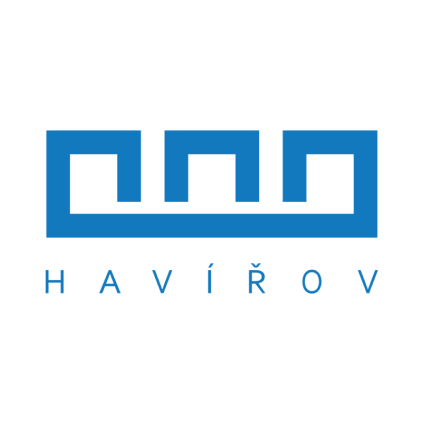
Statutory city of Havířov (HAV)
Aneta Nogawczyková
The city of Havířov is located on the southern edge of the Ostrava-Karviná industrial area, about halfway between Ostrava and the border town of Český Těšín. To the north it borders with Petřvald, Orlová and Karviná, to the west with Šenov and Václavovice. Havířov has more than 70,000 inhabitants.
The history of Havířov was connected with the need to build housing for the workers in mines and metallurgical plants during the development of industry in the Ostrava region. The city of Havířov belongs to an area that is still affected by the negative impacts of heavy industry, so it has long focused on projects with a positive environmental impact. These projects are mainly aimed at reducing the energy consumption of buildings, efficient use of resources and the construction of green spaces.

City of Orlová (ORL)
Andrea Neuwirthová
The town of Orlová is located in the Karviná district in the Moravian-Silesian Region and has almost 28,000 inhabitants. The town has been significantly affected by one-sided industrial orientation and ever-expanding coal mining in the past. In the late 1990s, a process of revitalisation of the town, including the historic centre, was initiated with the aim of improving the living conditions of its inhabitants and reviving the town and its immediate surroundings. The city is focused on improving the environment as well as preparing for and mitigating the impacts of climate change.
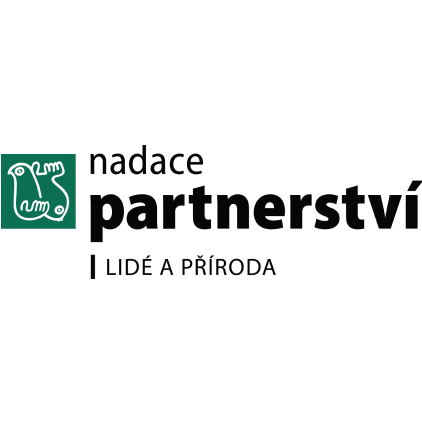
Nadace Partnerství (NP)
Monika Hlávková
The Partnership Foundation, based in Brno, is currently the largest Czech environmental foundation, founded in 1991. The vision of the Foundation is a free society of active citizens who care for the environment collectively and consciously. The Foundation awards grants to local communities, provides consultations on tree planting, urban climate change adaptation, design and operation of energy efficient buildings and, last but not least, focuses on education and raising awareness.
The Partnership Foundation has extensive experience from many successful international projects.
In 2018–2022, it was the coordinating beneficiary in the LIFE Tree Check project, whose main objective is to mitigate the adverse impacts of climate change in European cities.
The Foundation is also behind the Planting the Future initiative,which aims to plant 10 million trees in the Czech Republic by 2024.
Since 2019, it has been organising the Adapterra Awars, which annually recognises the best implemented solutions and ideas for climate change adaptation, while also creating an inspiring database of examples of good practice in the field of adaptation.
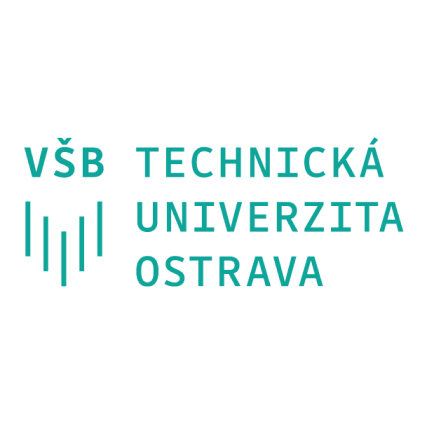
VSB – Technical University of Ostrava (VSB)
Barbara Stalmachová
The University of Mining and Metallurgy – Technical University of Ostrava (VŠB-TUO) is the fourth largest university in the Czech Republic and for more than 170 years it has been combining technical, economic, natural sciences and art disciplines in modern study programs that respond to the current and real requirements of today. VŠB-TUO is an accredited public university and one of the most important educational and scientific institutions in the Czech Republic with more than 4,000 academic and scientific staff and more than 12,000 students. VŠB-TUO conducts top-level basic and applied research. Thanks to its background and cooperation with industry, as well as with domestic and foreign universities, it provides innovative solutions in a number of disciplines and offers bachelor’s, master’s and doctoral degrees at seven faculties, including exchange programs for students from six continents.

Central Mining Institute (GIG)
Mariusz Kruczek
Główny Instytut Górnictwa (GIG) is one of the main Polish research institutions working not only for the benefit of the mining and energy industries, but also for companies representing various sectors – including SMEs, state and local government institutions and authorities, and foreign partners. During its almost 95 years of activity, the GIG has achieved a leading position and promoted scientific development in fields such as mining, engineering geology and environmental engineering, as well as in other specialisations directly or indirectly related to these fields, such as new directions in resource extraction and the use of combustible coal.
GIG has been a partner to local and regional authorities in Poland for many years and has implemented a number of projects for municipalities and cities as well as for large agglomerations. It is an important advisory body in the implementation of the Regional Operational Programme and actively participates in project preparation. It is also one of the main members of the stakeholder group – the Silesian Innovation Council. GIG is a member of the Research Institute of the Silesian Coal Region, whose role in this area is precisely to influence and improve the implementation of strategies and support the transformation of the regions.
GIG has highly qualified staff and experience in these research areas, in environmental studies, including R&D analysis in post-industrial areas, innovation, environmental technologies, integrated sustainable management and spatial planning with application of scenario analysis and forecasting methods. The institute’s wealth of expertise allows local governments to benefit from the offered solutions, technologies and products. Their focus ranges from traditional issues related to the impacts of the mining industry, environmental issues and site revitalisation to expertise in investment planning processes.
GIG actively supports industrial and administrative stakeholders in the introduction of innovative solutions and technologies as part of the development processes reinforced by national and regional program backed by European Union funds.
